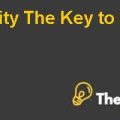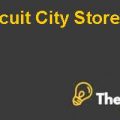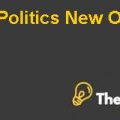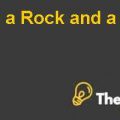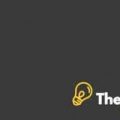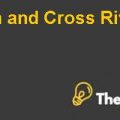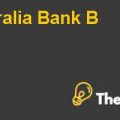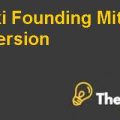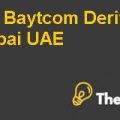Introduction
Honeywell is the manufacturer of control systems and products that are used for the regulation of air conditioning and heat conditioning in commercial buildings, and further of systems that are used by industrial companies to control their processes. Honeywell is a multinational company operating in 95 countries. It is also the leading supplier of military systems, space systems, commercial, and avionics systems.
In the year ending 1996, the company reported revenues over 7.3 billion dollars, with income over 400 million dollars. In order to meet its set financial goals, the company hedges its risks concurrently. As the company is a multinational, it is exposed to several risks;insurance risk, currency risk, operational risk, environmental risk, technological risk, credit risk, market risk, interest rate risk, legal risk, and credit risk. Currently Honeywell has a compartmentalized approach to hedge the above-mentioned risks. Each of its individual department hedges its own risk.
For example, currency risks were hedged by the Finance Risk Management Unit using the future contracts, whereas, hazard risks were hedged by the Insurance Risk Management Unit. But, the company realized that this approach is more costly and also does not fulfill the intent of the company. Therefore, in order to strategize its risk hedging techniques, the company consulted with Marsh who is an insurance specialist and an insurance underwriter so that it can come up with a cost-efficient method for risk management.
Honeywell Inc. – Integrated Risk Management Harvard Case Solution & Analysis
Problem Statement
Honeywell is the first company in its market to introduce an integrated risk management program, which combines different types of risks together under an insurance contract. Taking into account the numerous risks that Honeywell is exposed to, the problem is that how should the company manage its risks? Should it stick to its existing program where all the risks are managed individually or it should create a unified portfolio of risks?
The main problem statement is that the organization is considering the implementation of new risk management structure which involves pooling of different components of the risk bearing items or processes – as opposed to the current structure of separate individual components with their own risk retention and risk hedging policy, so the cost benefits structure has to be assessed of both the management structures.
Analysis
External Analysis
In order to assess the industrial and economic environment, along with the competition faced by the company, its strengths and weaknesses, and supply and demand, we have implemented the PEST analysis and Porter’s Five Forces Model.
PESTEL ANALYSIS
Political Factors
Political factors can play an important role in determining the future profitability of the company. As we know that the company is operating in more than 95 countries, it is exposed to the political risk from all of these companies. Some of the political factors that can affect Honeywell’s profitability are listed below.
- Stability of machinery sector in the economy of operating countries
- Regulations in the industry sector
- Legal obligations for the enforcement of contract
- Laws regarding protection of property
- Pricing regulations..................
This is just a sample partical work. Please place the order on the website to get your own originally done case solution.

